The Panda cory, also known as the Panda catfish, is probably the cutest of all the 161 recognized species of corydoras catfish. Panda corys are a South American species of small catfish that have an off-white and black pattern that resembles that of a giant panda, hence the fishes’ common name.
But how big do corydoras catfish get, and are they easy to keep?
If you want to add a school of these peaceful, sociable little fishes to your tropical, freshwater community setup, you’ll need to know how to care for them.
In this comprehensive guide, we tell you everything that you need to know about looking after Panda corys.
Quick Facts About Panda Cory
Scientific Name
Corydoras panda
Common Name (species)
Panda cory
Family
Callichthyidae
Origin
Ucayali river system, Peru
Diet
Omnivore: Tropical flakes, pellets, bloodworms, brine shrimp, daphnia, frozen foods
Care Level
Beginner/Easy
Activity
Bottom-dwelling, active foragers
Lifespan
up to 10 years
Temperament
Peaceful community fish
Tank Level
Bottom-dweller
Minimum Tank Size
10 gallons
Temperature Range
Tropical 68° to 77° Fahrenheit
Water Hardness
2 – 12 dGH
pH Range
6.0 to 7.0
Filtration/Flow Rate
Likes well-filtered water and a moderate flow rate
Breeding
Egg layer
Compatibility
Peaceful with most species of small, sociable fishes
OK for Planted Tanks?
Safe with plants
Origins
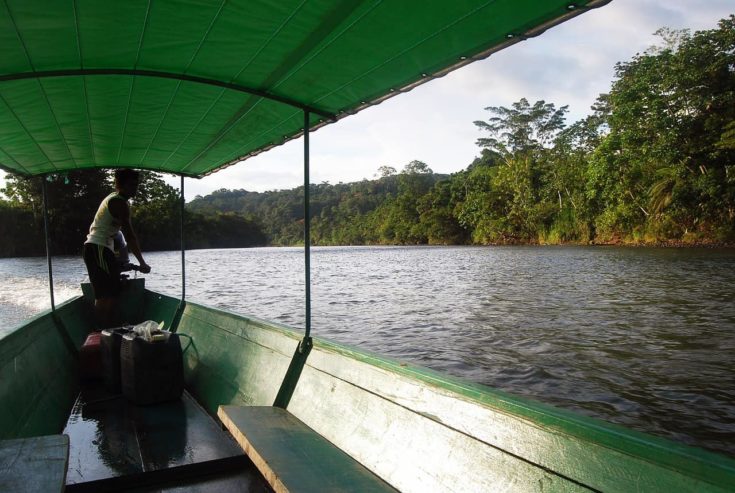
The Panda cory comes from Peru, specifically the main headwater of the Amazon river, the Ucayali river system. This species of corydoras catfish was first collected in 1968 by H.R. Richards, but the Panda cory was not officially named until three years later when Nijssen and Isbrücker assigned the fish its name.
Take a look at one of these super-cute little fishes, and you’ll immediately see how the fish got its name. Panda corys are named for the Giant Panda of China, mirroring the iconic bear’s white body with black markings around the eyes and elsewhere on its body.
Early specimens to the fishkeeping hobby were wild-caught and were consequently somewhat pricey to buy. However, captive breeding programs have since meant that the Panda cory is no longer a rare and unusual fish, so the price has come down accordingly, and the species is now even more popular than ever.
Natural Habitat
The Ucayali river system has blackwater conditions. That means that the water is slightly acidic and quite soft, as it doesn’t contain many minerals. Also, although the Panda cory is classified as a tropical species, the waters here are fairly cool, generally running in the mid to low 70s.
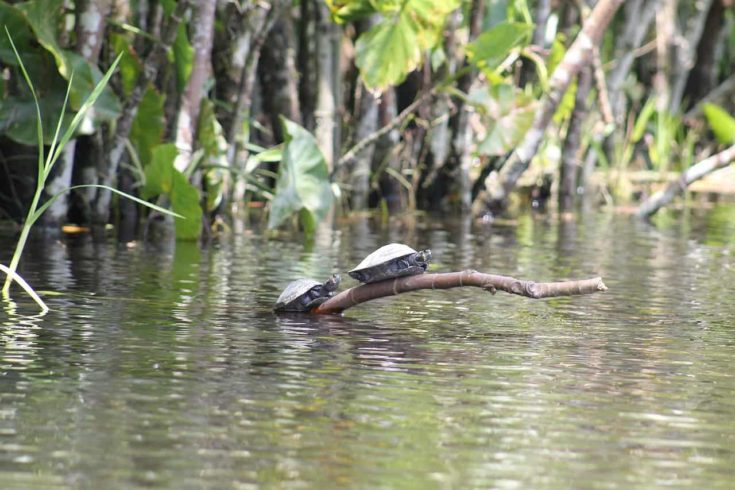
The waters are relatively fast-flowing and well-oxygenated, and the substrate consists of fine gravel and soft sand. The vegetation is quite lush and helps to provide the corys with shelter.
Appearance
The Panda cory has an off-white, pinkish body with three obvious black markings. The fish’s head has black markings around the eyes, much like those of a Giant Panda. The second black marking extends over the dorsal fin, and the final one covers the caudal peduncle at the base of the tail. Interestingly, there are variations in the size of the tail marking, giving rise to big-spot and small-spot variants of the species.
Instead of scales, the Panda cory has two rows of overlapping bony plates called scutes. Like most corys, Panda corys have three sets of two barbels and a few sharp barbs that the fish uses for defense, which are located in front of the dorsal fin, on the adipose fin, and under each eye.
Size
The Panda cory typically grows to around two inches long in captivity, although wild specimens may grow a little larger than that.
Life Expectancy
Panda corys have a life expectancy of up to ten years if properly cared for.
Activity Level/Temperament
Panda corys are the life and soul of the bottom of your tank! These active little fishes spend most of their time alternately bustling around the substrate, foraging for morsels of food or resting in groups, seemingly taking a nap.
Occasionally, you’ll see the corys darting up to the water surface and grabbing a gulp of air.
Compatibility And Tankmates
The cory species, in general, is a peaceable, social soul that makes the perfect addition to any community tank.
Panda corys enjoy the company of their own species and should, therefore, always be kept in small groups, ideally of six or more but definitely at least four.
Large, aggressive species are best avoided, as they can pick on the placid corys. That said, given the Panda cory’s defensive barbs, sometimes the aggressor comes off worse! So, good tankmates for cory’s include tetras, rasboras, gouramis, and other species of corys.
Feeding
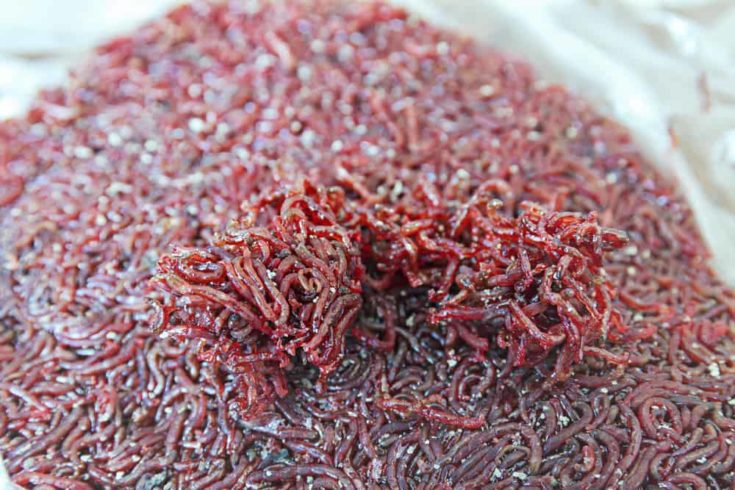
Panda corys are typical scavengers, spending much of their time rooting around in the substrate for scraps of food that drift down from above.
For that reason, if you keep your corys in a community tank, you’ll need to make sure that they get plenty to eat. Don’t forget about the little guys because they’re out of sight at the bottom of the tank!
What To Feed Your Panda Corys
Panda corys are omnivores, so their diet must include some plant and vegetable matter and a fair portion of meaty foods, too. My corys love live bloodworms and daphnia, and introducing some to the tank always results in a feeding frenzy!
It’s a good idea to feed your Panda corys sinking pellets or wafers and live bloodworms that automatically head for the bottom of the tank and attempt to hide in the gravel where the corys can grab them.
You should also offer high-quality fish flakes and frozen foods.
How Much And How Often To Feed
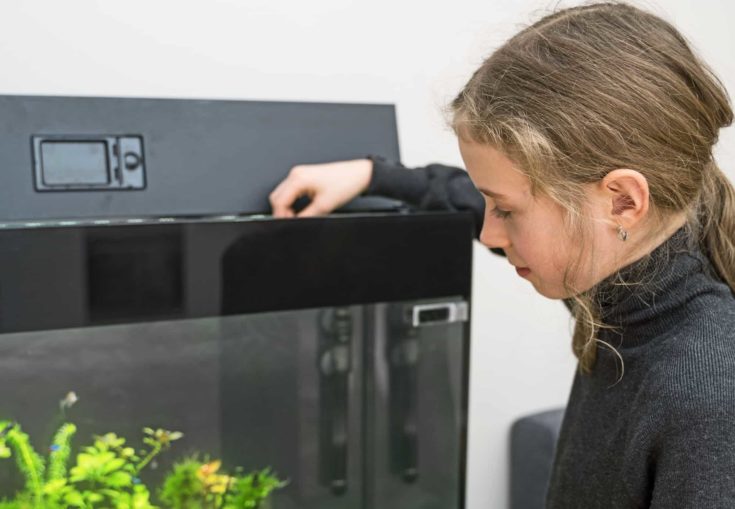
Although your corys will be active during the daytime, they are especially busy at night, so the best time to feed them is right before lights out.
Offer only as much food as the fish will eat in a couple of minutes. Uneaten food will disappear into the substrate, where it will gradually decompose and pollute your water.
Tank Requirements
Panda corys are very hardy and adaptable, which makes them extremely easy to look after.
Tank size
Panda corys are small enough to be happy in a 10-gallon tank but do remember that these fish are happiest in small groups, so a larger aquarium is preferable. A 20-gallon tank is perfect, as that allows you to keep a larger shoal of these sociable little fish.
Tank Setup
Substrate
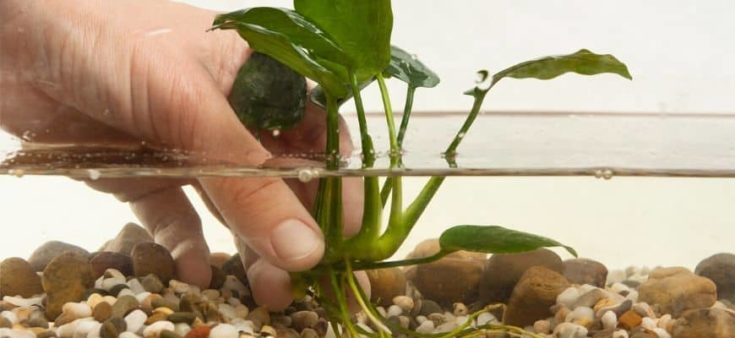
As Panda corys are bottom-dwellers, a soft, sandy substrate or fine gravel is the best choice. That said, my corys live in a community tank that has a gravel substrate, and they live happily without suffering any ill effects.
Decorations
As bottom dwellers, Panda corys enjoy having plenty of live plants in the tank that they can hide in. A few rocks, twisted roots, driftwood, and caves also replicate the corys’ wild habitat and help to make them feel safe and secure.
Habitat Requirements
Filtration
In nature, Panda corys live in a river environment where there’s a constant flow that keeps the water clean. In the aquarium, you’ll need to provide a decent current throughout the tank, and the best way to do that is with a canister filter or powerhead.
Water Parameters
Water Temperature
Although Panda corys are classed as tropical fish, the water in their natural habitat errs on the cool side, and they prefer a water temperature of 68° to 77° Fahrenheit.
Water Hardness And pH Range
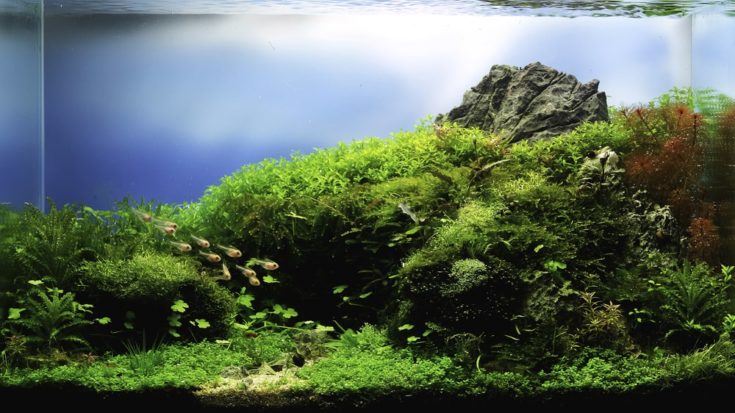
The water hardness should be between 2 and 12 dGH, and the pH range should be from 6.0 to 7.0.
Lighting
These fish prefer moderate to normal lighting levels. Additional shade can be provided if necessary with floating plants.
Tank Maintenance
Panda corys are relatively easy to care for, as long as you provide them with clean, well-oxygenated water.
You’ll need to get rid of fish waste, uneaten food, and decomposing plant matter from the aquarium each week by using an aquarium vacuum to clean the substrate and areas around the base of plants and underneath decorations.
Also, you should change 25% to 30% of the aquarium water to keep levels of ammonia, nitrate, and nitrates at acceptable levels. Rinse the filter cartridges and media through in tank water to remove sludge, and remember to change spent filter cartridges as directed by the manufacturer.
Setting Up The Aquarium
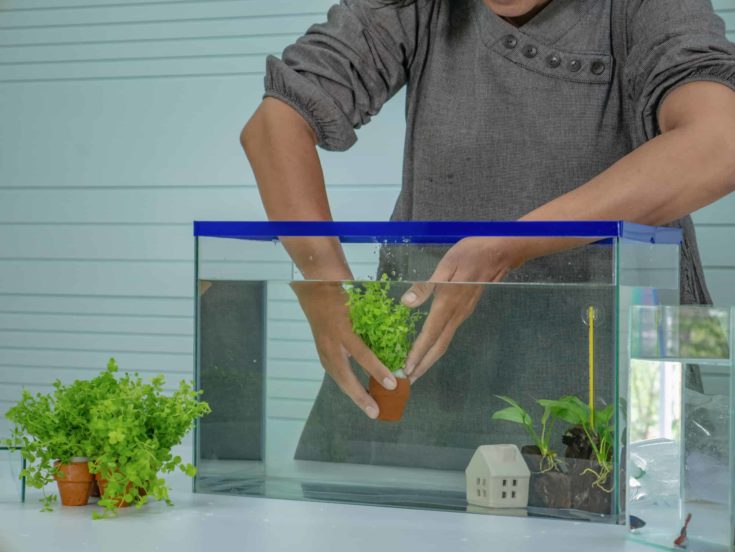
First of all, gather together all the items that you need for your aquarium:
- Sand or fine cgravel substrate
- Lighting unit
- Filtration system
- Heater
- Aquarium thermometer
- Decorations
- Plants
How to set up your aquarium:
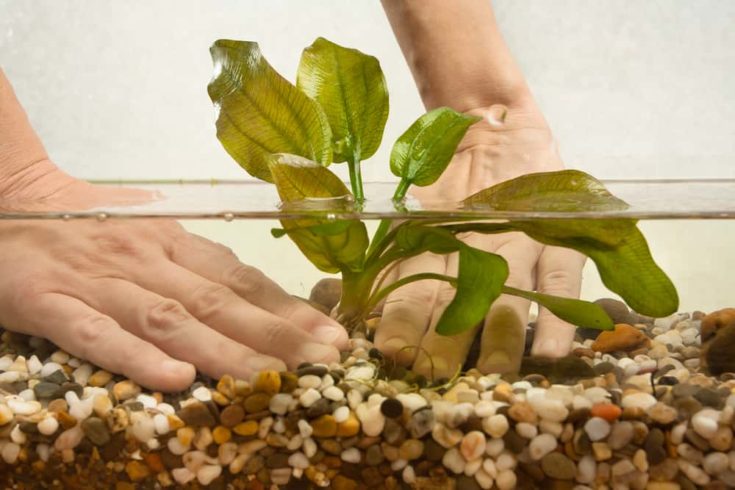
- Aquarium substrate is typically dusty, so you’ll need to rinse it under running water to clean it before use. I find the best way to do that is to put the substrate in a bucket with a hosepipe and allow the water to run through the gravel until it runs clear.
- When the substrate is clean, add it to your tank to a depth of around two to three inches.
- Install your filtration unit and heater, but don’t switch them on just yet.
- Set an upturned bowl on the substrate, and fill the tank with tap water, pouring the water over the bowl so that it doesn’t displace the gravel. If you intend to cycle your tank before you introduce your corys, don’t use a water conditioner. The ammonia contained in untreated tap water is required to start the cycling process by kicking off the nitrogen cycle and starting your biological filter.
- Wash your tank decorations to remove dust and add them to your aquarium.
- If you’re using live plants, trim off any dead leaves and broken stems before adding the plants to your tank. Don’t place the plants too close together; you want to leave plenty of room for the bottom-dwelling corys to swim. For that reason, carpet growing plant species are not recommended.
- Switch on your filtration system and heater. Now leave the aquarium to cycle for at least ten days before you introduce your Panda corys.
- Before you add your fish, test the tank water to make sure that ammonia or nitrites aren’t present. You will find low levels of nitrates, but that’s quite normal and isn’t a problem, provided that the levels don’t exceed 20 parts per million (ppm).
Health And Disease
The Panda cory is very robust and hardy. In the past, I’ve had outbreaks of common fish diseases in my tanks, and the corys have remained completely unaffected.
Signs Of Good Health
Panda corys are usually very active, lively little fishes, keeping busy at the bottom of the tank, socializing, and foraging through the substrate for morsels of food.
Red Flags
There are a few red flags that could indicate potential health problems, including:
- Loss of appetite
- Lethargy
- Not periodically darting to the surface of the water
- Swellings, ulcers, torn fins
- Rubbing against tank decorations and the substrate
Common Health Issues And Treatment
Health Issue
Ich (White Spot Disease)
Symptoms or Causes
Ich is probably the most common disease in aquarium fish. Ich is caused by a protozoan parasite, Ichthyophthirius multifiliis. Ich appears as a rash of tiny white spots across the fish’s body, fins, and gills. Affected fish flick or rub against the tank décor and the substrate and breathe rapidly.
Suggested Action
Elevate the water temperature to 82o F for several days, and use an over-the-counter White Spot Disease remedy.
Health Issue
Skin and gill flukes
Symptoms or Causes
Skin and gill flukes are aquatic parasites that attack the fish’s gills or body. Affected fish develop reddened skin or gills, rub themselves on the substrate and tank décor, breathe rapidly, and secrete excess mucus.
Suggested Action
Correct the water conditions in your tank and treat with a condition-specific drug.
Health Issue
Fungal infections
Symptoms or Causes
White fluffy, cotton-like growths.
Suggested Action
Quarantine affected fish; treat water with an antifungal medication.
Health Issue
Bacterial infections
Symptoms or Causes
Reddened skin, skin ulcers.
Suggested Action
Quarantine affected fish; treat the tank with proprietary antibacterial treatment.
Breeding
Panda corys are egg-layers.
Although these fish can be bred in captivity, that’s a difficult exercise.
Often, the Panda corys or their tankmates eat the eggs before they hatch, so you need to set up a separate breeding tank. Also, sexing corys is not easy. Both sexes look pretty much the same, except that males tend to be slimmer and slightly smaller than females.
Corys are not sexually mature until they reach 12 months old. Attempting to breed them before then is extremely stressful for the fish and can cause serious health problems and even mortality.
Availability
Panda corys are widely bred in captivity, so you should have no trouble finding plenty of specimens in most good fish shops or online.
As mentioned previously, the Panda cory’s availability means that their price is relatively low, usually at just a few dollars per fish. Often, you can buy a group of fish at a discounted rate.
Product Recommendations
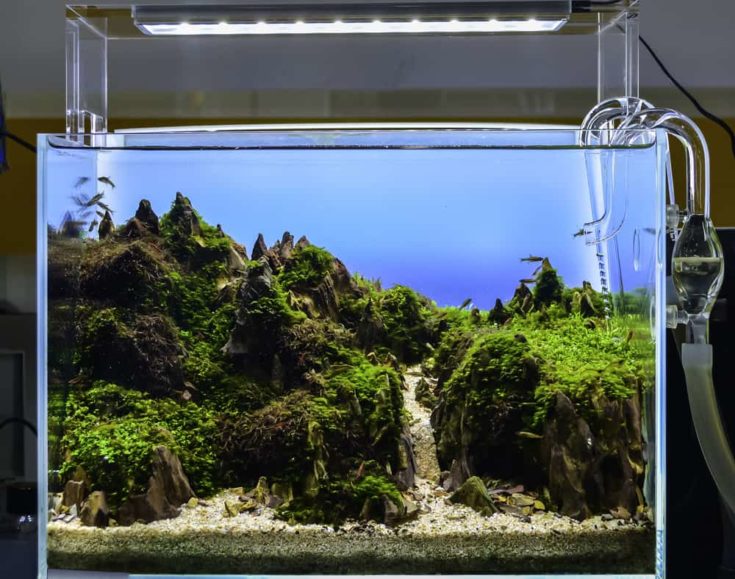
- Fish tank (minimum size 20 gallons)
- Filtration system
- Heater
- Aquarium thermometer
- Water conditioner
- Lighting unit
- High-quality tropical flake food
- Selection of frozen foods
- Sandy or fine gravel substrate
- Rocks, driftwood, twisted roots
- Books on keeping tropical fish
- A fishnet
- Aquarium vacuum
- Algae magnet
In Conclusion
I hope you enjoyed our guide to caring for the Panda cory catfish.
If you have Panda corys, tell us all about them in the comments box below. And, please share our article with your fish-loving friends if you found our guide to keeping Panda corys helpful!
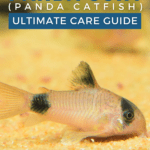
I started out with 6 Panda Cory’s. Over the past 4 months all but one have died. He’s a pretty good size and spending his time hiding in a cave with my Bristlenose Pleco.
I am wondering if he’ll stress himself out being the only cory in the tank. As it stands I fear getting more cory’s to keep him company because they might die off. Can he survive being the only cory?